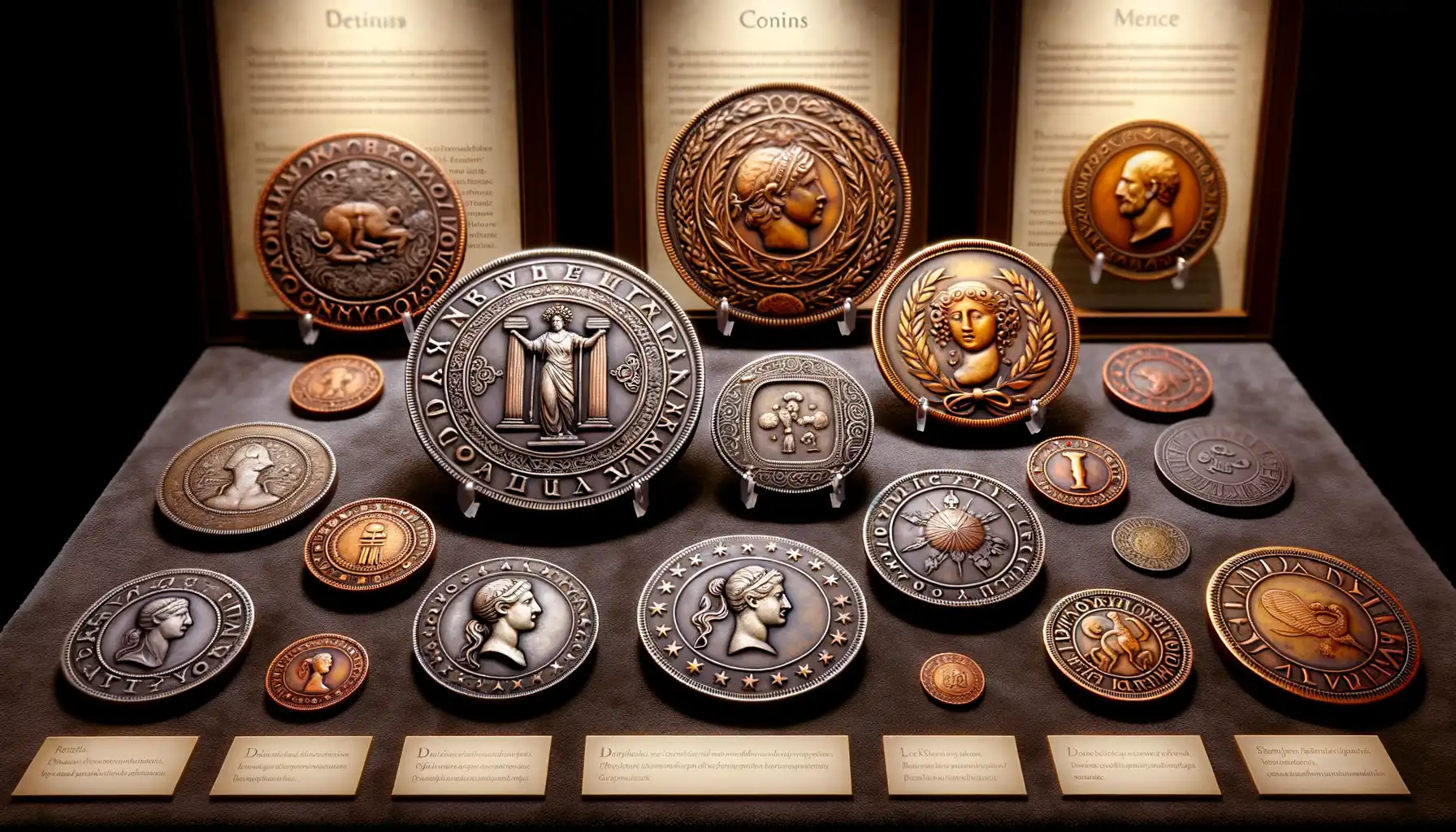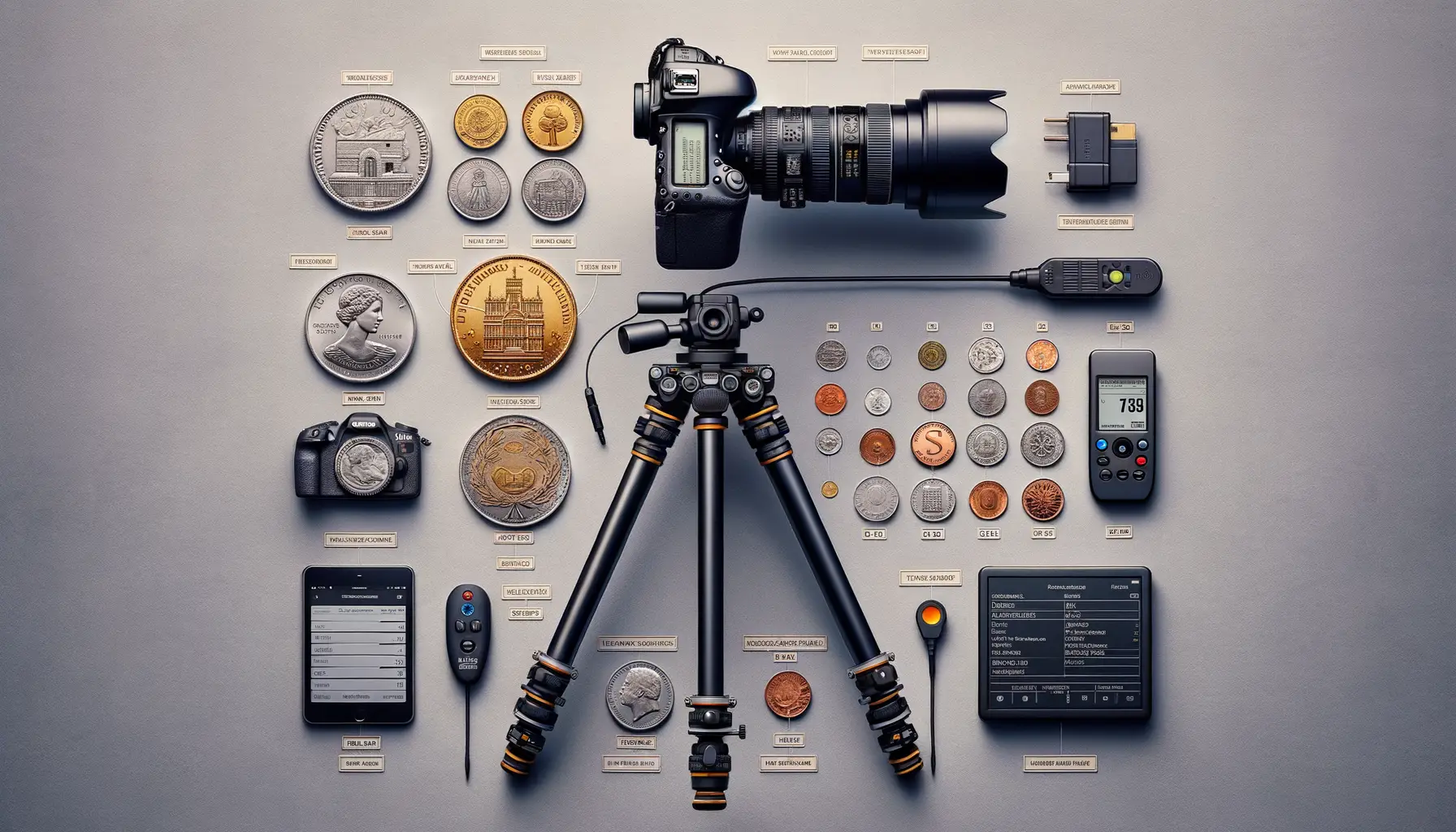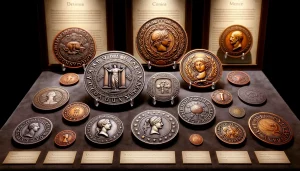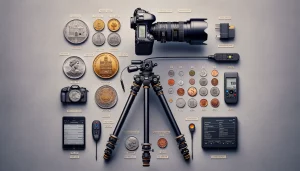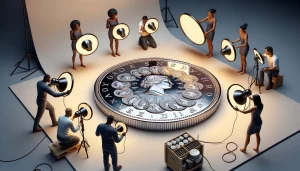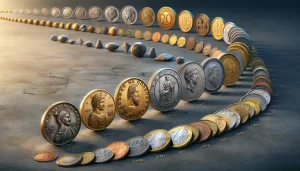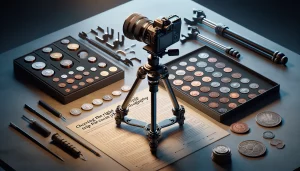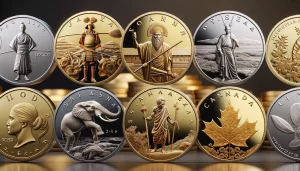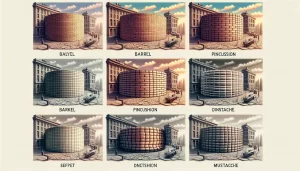While intrinsic 1922 silver dollar value is tied to its metal content, its true worth lies in its history, design, and rarity. For both hobbyists and investors, understanding the origins and market drivers of this iconic coin can reveal why the 1922 Peace dollar remains one of the most admired collectibles in U.S. numismatics.

Historical Context of the 1922 Silver Dollar
Following the end of World War I, the United States sought a coin that would celebrate peace rather than conflict. The result was the Peace Dollar, first minted in 1921 and continuing through 1935. The 1922 issue marked the first year of full-scale production, with record-breaking mintage numbers across three U.S. Mints—Philadelphia (no mint mark), Denver (D), and San Francisco (S).
The coin’s obverse design, by sculptor Anthony de Francisci, features the serene profile of Lady Liberty, inspired by his wife Teresa. Her crown of rays symbolizes freedom and enlightenment, while the reverse shows a bald eagle perched on a rock clutching an olive branch, a universal emblem of peace.
Key specifications:
| Feature | Details |
| Coin Type | Peace Dollar |
| Year | 1922 |
| Designer | Anthony de Francisci |
| Composition | 90% Silver, 10% Copper |
| Weight | 26.73 grams |
| Diameter | 38.1 mm |
| Edge | Reeded |
The U.S. Mint’s goal was to create durable coins for circulation, resulting in over 84 million pieces produced across all mints—making it the most common Peace dollar.
Why the 1922 Issue Matters
Although the 1922 Peace dollar is among the most abundant silver dollars, its popularity stems from both accessibility and variety. It allows new collectors to own a genuine piece of early 20th-century history while still offering rare and valuable subtypes for advanced numismatists.
- The Philadelphia mint produced the majority, making these the most affordable entry point.
- The Denver (D) and San Francisco (S) issues were struck in lower quantities and tend to hold stronger premiums.
- Within this year exists one of the most famous rarities in American coinage—the 1922 High Relief Peace dollar, created in extremely limited numbers before the design was modified.
Factors Influencing the Value of the 1922 Silver Dollar
While every 1922 silver dollar contains nearly an ounce of silver, its collector value often far exceeds its bullion worth. From subtle design details to mint origin and condition, several factors shape how much a particular coin can bring on today’s market. Understanding these distinctions allows hobbyists and investors to evaluate their holdings more accurately and appreciate what makes one coin stand out from another.
1. Condition and Grading
The most decisive factor in determining value is condition, often measured by the Sheldon grading scale from 1 to 70. Circulated coins tend to follow silver’s market price, but pristine, uncirculated specimens can be worth many times more.
Typical value range by grade:
| Grade | Description | Estimated Value |
| Good (G-4) | Heavy wear, design visible but faint | $30–$40 |
| Very Fine (VF-20) | Moderate wear, main features clear | $45–$55 |
| Extremely Fine (XF-40) | Light wear on high points | $60–$75 |
| Mint State (MS63) | No wear, minor bag marks | $120–$200 |
| Gem Uncirculated (MS65) | Sharp detail, brilliant luster | $300–$500 |
| Superb Gem (MS67+) | Exceptional strike and eye appeal | $2,000–$5,000+ |
2. Mint Mark Variations
The 1922 Peace dollar was struck at three mints: Philadelphia (no mint mark), Denver (D), and San Francisco (S). You can find the mint mark on the reverse side, below the word “ONE.”
- 1922 (Philadelphia): The most common, with millions produced. Values usually align with standard market rates.
- 1922-D (Denver): Slightly scarcer; commands a 25–50% premium in higher grades.
- 1922-S (San Francisco): Known for weaker strikes and lower production numbers, often worth more than both other types in uncirculated grades.
3. Rare Varieties and Errors
Certain 1922 Peace dollar varieties are among the most coveted in American numismatics.
The 1922 High Relief
Originally, the Mint attempted to continue the striking depth used on 1921 Peace dollars. However, the high-relief design caused production challenges, leading to die breakage and metal flow issues. Only a limited test batch was struck before switching to a low-relief design.
- 1922 High Relief specimens can sell for $50,000 to over $300,000, depending on preservation and strike sharpness.
Other Recognized Varieties and Errors
- Weak Strikes: Common in San Francisco issues; collectors pay premiums for examples with strong detail.
- Doubled Dies: Show visible doubling on inscriptions or rays behind Liberty’s head.
- Die Cracks and Cuds: Random raised lines or missing metal areas add uniqueness.
- Altered Planchets: Coins struck on slightly undersized or clipped blanks are rare but valuable anomalies.
4. Market Trends and Metal Content
While silver content establishes a minimum melt value (around $25–$30 depending on market prices), collector value often follows demand cycles. Interest in Peace dollars surged after 2021’s commemorative reissue, renewing public fascination and investment in the series.
Long-term collectors treat these coins as both tangible assets and historical artifacts, balancing bullion stability with numismatic appreciation.
What Drives Value
| Factor | Influence | Typical Impact on Price |
| Condition/Grade | Defines wear and visual appeal | $30 → $5,000+ |
| Mint Mark (D, S) | Determines scarcity | Adds 25–100% premium |
| Varieties & Errors | Rare High Reliefs and doubled dies | Up to $300,000 |
| Certification | Confirms authenticity and grade | Increases buyer confidence |
| Market Silver Price | Base melt value benchmark | $25–$30 minimum |
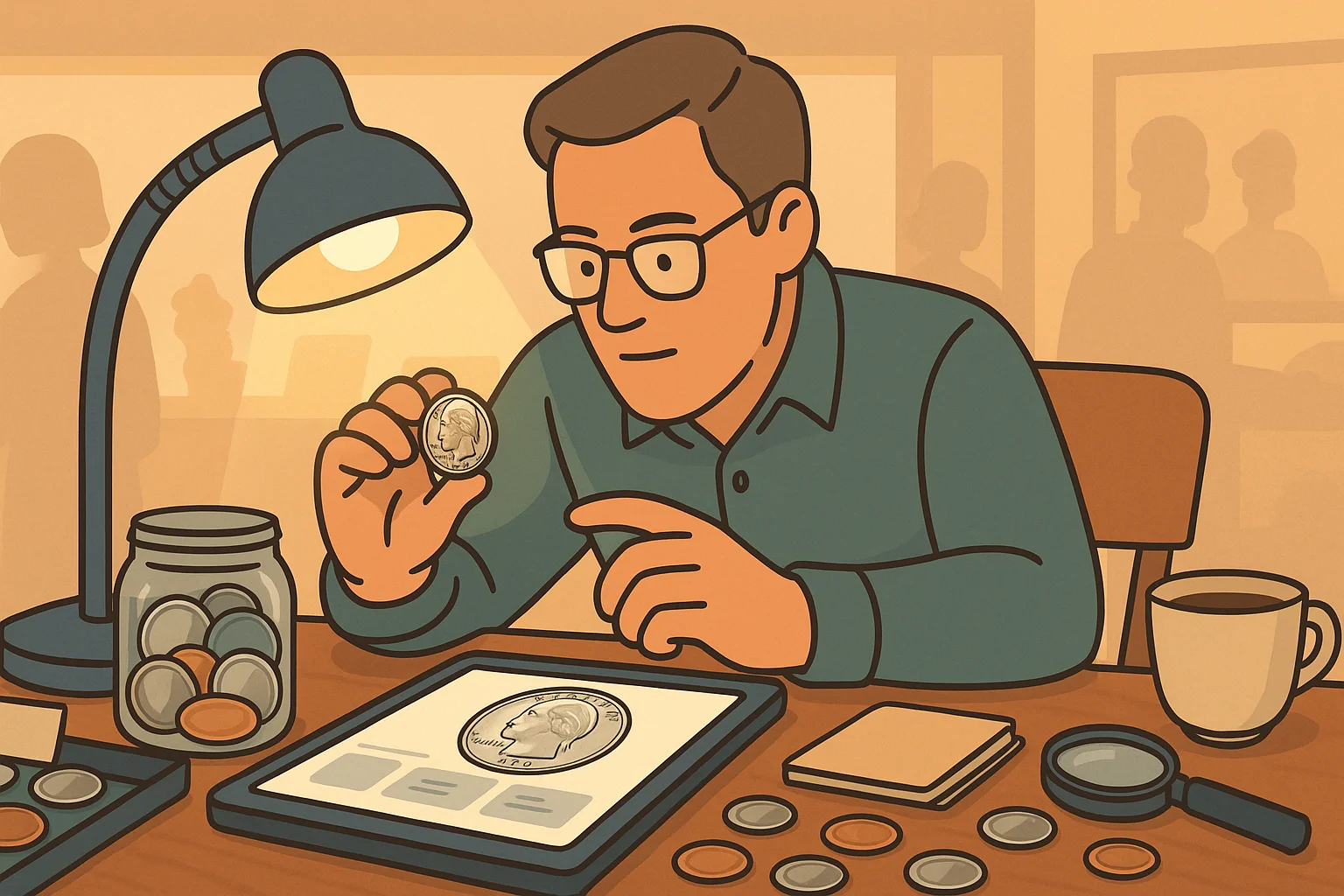
How to Evaluate and Identify Your 1922 Silver Dollar at Home
Evaluating your 1922 Peace Dollar doesn’t require professional expertise right away—many key details can be identified with careful observation, good lighting, and a few reliable tools.
Step 1: Begin with Basic Inspection
Start by placing your coin on a soft, non-abrasive surface such as a cloth or velvet pad to avoid scratches. Under bright natural light or an LED lamp, examine:
- The obverse (front): Look closely at Lady Liberty’s hair, cheek, and rays of her crown. Excessive wear here indicates a lower grade.
- The reverse (back): Check the eagle’s wings and feathers—if they show full detail and minimal flattening, your coin is in better condition.
- The mint mark: Located below the word “ONE” and above “PEACE.” Absence means it’s from Philadelphia; a small “D” or “S” indicates Denver or San Francisco.
Document these details in a small notebook or spreadsheet, including the coin’s physical appearance and any distinguishing traits.
Step 2: Assess Condition and Luster
Condition plays a decisive role in value. Coins that retain original mint luster, or that shimmer slightly when tilted under light, usually fall into the uncirculated (MS) category.
- Circulated coins will show dull surfaces and smoothing on high points.
- Uncirculated coins retain crisp edges and bright reflection under angled light.
- Proof-like coins, though not official proofs, sometimes appear highly polished—these are worth examining more closely.
If unsure, consult grading guides or online visual charts to estimate a grade range before sending it to PCGS or NGC for certification.
Step 3: Look for Special Varieties and Errors
Use a 10x magnifier or jeweler’s loupe to identify subtle differences that could boost value:
- High Relief details: The most valuable 1922 variety, showing deeper engraving and more pronounced Liberty features.
- Doubled letters: Check “TRVST,” “LIBERTY,” or rays above the head for doubling.
- Die cracks: Fine raised lines often appear across the surface—some collectors prize these as “personality marks.”
- Weak strikes: Common in San Francisco coins, these may have incomplete eagle feathers or faint inscriptions.
Step 4: Leverage Modern Technology — The Coin ID Scanner App
For collectors who prefer accuracy and convenience, digital tools simplify the evaluation process. The Coin ID Scanner app allows instant identification and valuation through photo analysis.
Core features include:
- Photo-based recognition: Capture or upload a picture to receive instant data on coin type, mint, and approximate value.
- Detailed profiles: View specifications such as year, composition, edge, and market prices.
- Collection management: Digitally organize your coins into custom folders or track their acquisition history.
- Smart filters: Quickly sort coins by mint mark, grade, or metal.
- AI Coin Helper: Offers guided assistance in detecting varieties and understanding grading results.
With an extensive database of over 187,000 global coins, the app enables collectors to confirm their findings without guesswork or costly appraisals.
Seeing Value Beyond Silver
The 1922 silver dollar is a timeless reminder that worth extends beyond its metal composition. From its origins as a symbol of peace to its enduring role in collections worldwide, its beauty and story add layers of meaning that pure silver never could.
By combining careful observation with modern identification tools like Coin ID Scanner, collectors can distinguish common coins from valuable rarities, preserve their condition, and document their findings with confidence.
Each Peace dollar carries both history and potential—proof that true value often lies not just in weight, but in understanding, curiosity, and the ability to see beyond the intrinsic.

